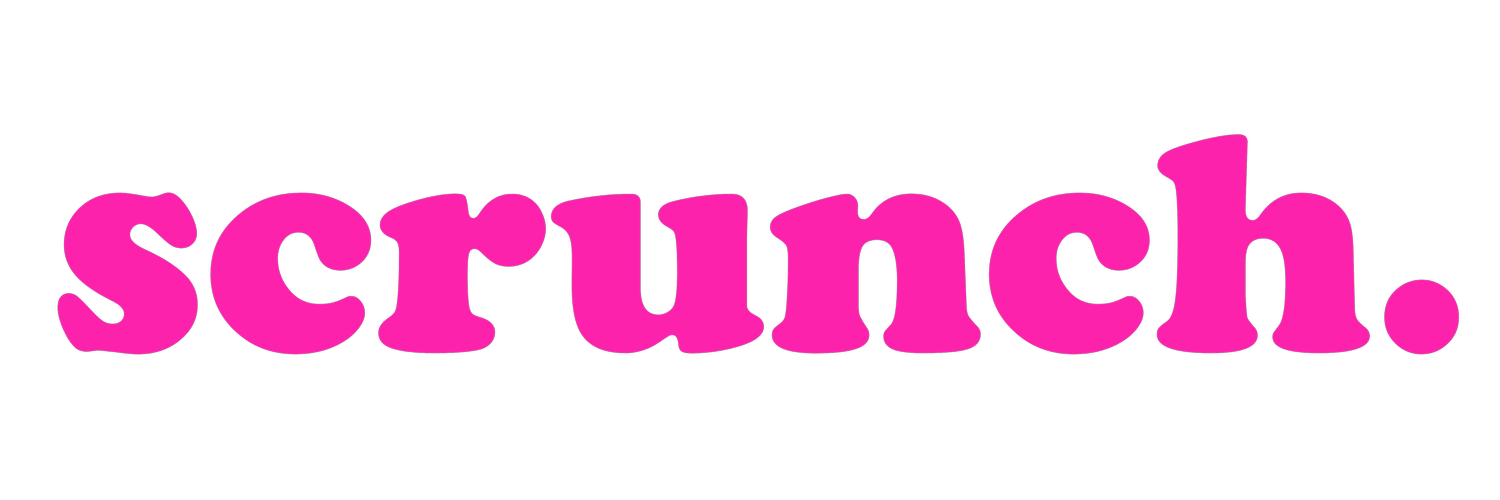Influencer Marketing Disclosure Guidelines in Australia: What You Need to Know
Are you aware of the new influencer marketing guidelines provided by the Australian Association of National Advertisers (AANA)? No? Well, you should be. Here’s everything you need to know
Are you aware of the new influencer marketing guidelines provided by the Australian Association of National Advertisers (AANA)? No? Well, you should be. Here’s everything you need to know
This week, the Australian Association of National Advertisers (AANA) issued new guidelines for influencer marketing around disclosure of sponsored posts and the exchange of money and other forms of payment when collaborating with influencers. So, what do you need to know about the new guidelines, and how can you avoid breaching the new provisions?
Why have new disclosure guidelines been introduced?
Disclosing advertising, particularly in influencer marketing, has been a grey area for years now, especially in Australia. While provisions and guidelines are in place in other countries and territories (the UK and USA have their own provisions), the Australian industry has been quite vague, and many have been calling for an official best practice guideline to ensure that sponsored posts are clearly labelled and identified. The AANA guidelines specify that “the AANA Codes are platform and media neutral and apply to all advertisers and marketers who promote brands, products or services to Australian audiences” and are put into effect to “ensure advertising and marketing communication is clearly distinguishable as such to the relevant audience”.
What you need to know…
The new guidelines will come into effect on March 1st when a new provision is inserted into the current AANA Code of Ethics that states _2.7 Advertising or Marketing Communication must be clearly distinguishable as such to the relevant audience.
The guidelines apply to all influencers, marketers and media agencies when engaging in advertising and marketing communication that meets the two key criteria:
Does the marketer have a reasonable degree of control over the material?
Does the material draw the attention of the public in a manner calculated to promote a product or service?
Both of the above factors need to be present in the material for it to be deemed advertising under the AANA Codes. While parts of the guidelines are open for interpretation and confusion, 18 scenarios and guidance for each situation have been outlined by the AANA to provide context around the new provisions and when they will be relevant to marketing and advertising communications.
Below are some of the examples provided by the AANA in the statement which particularly apply to influencer marketing.
Scenario 1
The “FabFaces” make-up brand collaborates with a well-known social media influencer to create editorial content such as a blog,_ vlog_, Tweet or review about the brand and/or its products.
Guidance 1
_Where the content is then distributed by the brand via its own social media presence, it is likely to be clearly distinguishable to the relevant audience as a marketing communication. If the content is viewed via a link from the brand owner’s website to the influencer’s site or if statements like ’this video first appeared on (influencer’s name) blog’ are used then disclosure of the commercial nature of the communication may be required where it’s not clear that the brand has collaborated on the creation of the content. _
Scenario 2
“FabFaces” arranges with the influencer to post content on social media where “FabFaces” retains control over the content._
Guidance 2
That content is likely to be considered a marketing communication and must be clearly distinguishable as such to the relevant audience, for example a Tweet could include a tag @FabFaces #ad or if there are a series of connected tweets in a short space of time, the final tweet could include a brand tag e.g. #FabFaces #ad or similar wording._
Scenario 3
“FabFaces” sends a celebrity a set of make-up brushes for free without any stipulation that she must post comments about the products on social media._
Guidance 3
Where there is no control by FabFaces over any statements the celebrity may make then any resulting communication is not considered to be advertising or marketing communication. _
Where do we go from here?
As you can see, the guidelines are quite vague, especially in regards to influencer marketing where many different situations, arrangements and collaborations take place, and the relationship between brand and influencer can take on many forms. Breaches of the new provisions will be enforced by the Advertising Standards Board but, as you can imagine, it would almost be an impossible task to monitor every social media platform and influencer in Australia and understand what the arrangement was, whether the content is genuine or in collaboration with a brand, how much control the brand has over the content, and what, if any, incentive was provided.
Our advice is to encourage influencers, and brands working with influencers, to use the #ad or #sponsored hashtag on all content that is created in collaboration with a brand to ensure you don’t breach a provision.
**If you have a question about influencer marketing, how to work with influencers, or how the Australian disclosure guidelines will impact you, get in touch any time in the comments below! **

